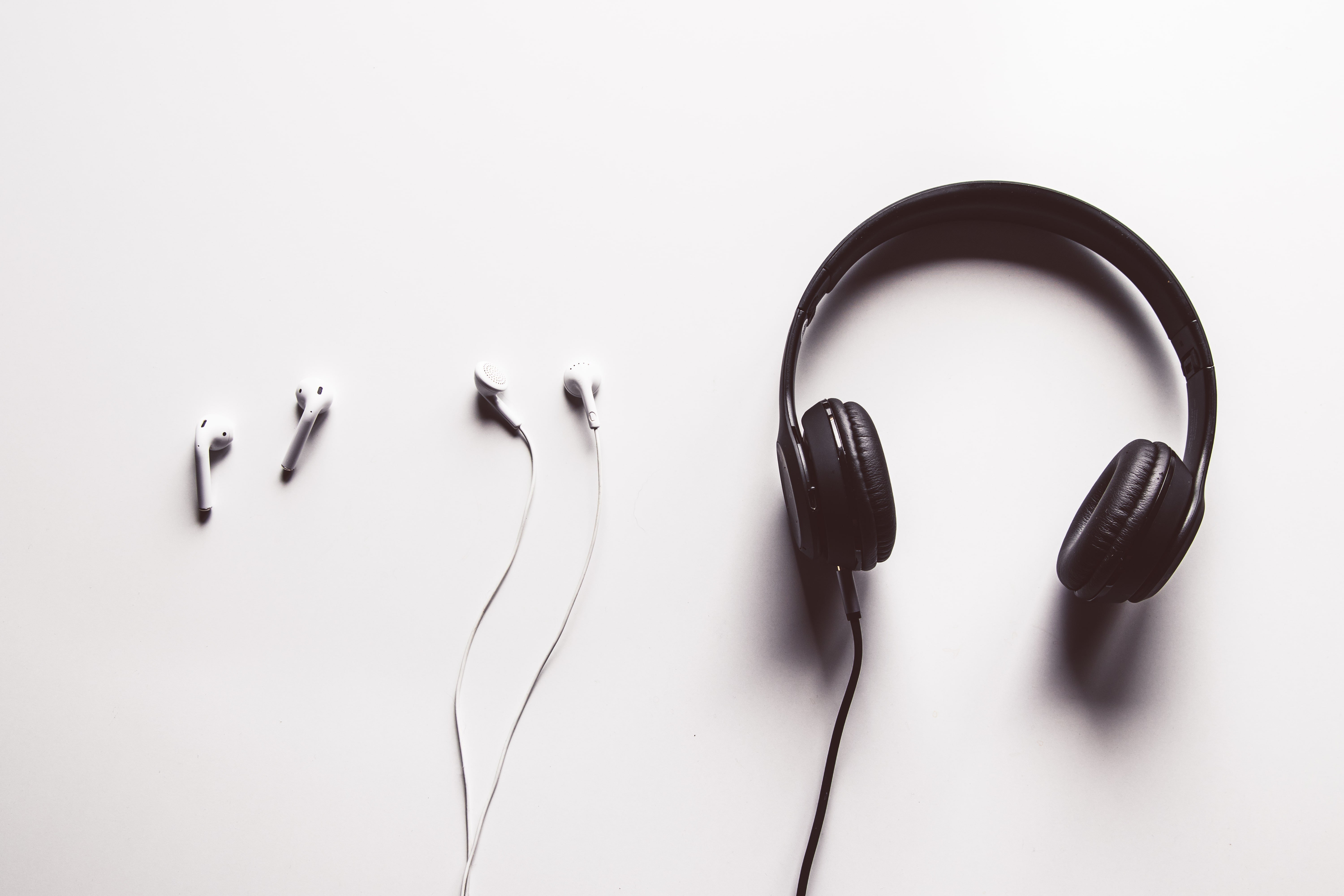The Comprehensive Guide to Audio Headphones: Types, Features, and Recommendations
In an age where audio intake has ended up being an ubiquitous part of life, the significance of top quality audio headphones can not be overstated. Whether for music, video gaming, or expert use, the ideal headphones can significantly enhance the listening experience.
Comprehending Headphone Types
When going into the world of headphones, it's necessary to comprehend the various types readily available, each dealing with different user needs and preferences. Below is a comparison of a few of the most typical headphone types:
| Headphone Type | Description | Pros | Cons |
|---|---|---|---|
| Over-Ear | Large ear cups that frame the ears. | Exceptional sound quality; convenience | Large; not portable |
| On-Ear | Smaller ear cups that rest on the ears. | More compact than over-ear | Less sound isolation |
| In-Ear (Earbuds) | Small headphones that fit straight in the ear canal. | Highly portable; good sound seclusion | Can be unpleasant over long periods |
| Wireless | Headphones that link by means of Bluetooth. | Wire-free convenience | Battery life is a concern |
| Noise-Cancelling | Active sound reduction innovation | Great for blocking background sound | Usually more pricey |
Choosing the Right Type
Choosing the best kind of headphone mainly depends upon individual choices and intended use. For example, users who prioritize sound quality and convenience for long listening sessions may choose over-ear choices. On the other hand, those seeking mobility and convenience for travelling may favor in-ear designs or wireless choices.
Important Features of Audio Headphones
While the type of headphone is vital, numerous other features and specs can impact the general listening experience.
1. Sound Quality
Sound quality is arguably the most important function when considering audio headphones. The clarity, balance, and richness of audio can differ considerably based upon build quality, materials, and motorist size.
2. Impedance
Impedance measures the resistance that headphones provide to the audio source. Lower impedance (listed below 32 ohms) appropriates for portable gadgets like smartphones, while greater impedance (above 32 ohms) is typically more effective for studio use with amplifiers.
3. Frequency Response
The frequency reaction describes the series of sound frequencies that headphones can recreate. A larger variety (e.g., 20Hz-20kHz) is generally more effective for music flexibility.
4. Comfort
Comfort is essential for prolonged usage. Try to find functions such as cushioned ear cups and adjustable headbands to ensure a good fit.
5. Battery Life
For cordless headphones, the battery life can substantially impact usability. Lots of modern designs use 20 hours or more of playtime on a single charge.
6. Develop Quality
The materials used in constructing headphones can impact toughness and convenience. Search for models with quality plastics or metals, and look for features like foldability for much easier storage.
Suggestions for Different Use Cases
Here are ideas tailored for differing needs:
For Music Lovers
Sony WH-1000XM4
- Type: Over-ear
- Features: Noise-cancellation, touch controls, 30-hour battery life.
For Gamers
HyperX Cloud II
- Type: Over-ear
- Features: 53mm chauffeurs, removable microphone, virtual 7.1 surround sound.
For Travel
Bose QuietComfort 35 II
- Type: Over-ear
- Features: Exceptional noise cancellation, cordless, 20-hour battery life.
For Everyday Use
Apple AirPods Pro
- Type: In-ear (cordless)
- Features: Active sound cancellation, adaptive EQ, openness mode.
For Athletic Activities
Jabra Elite Active 75t
- Type: In-ear (cordless)
- Features: Waterproof, secure fit, 24-hour battery life with charging case.
Frequently Asked Questions (FAQs)
1. What is the difference between wired and cordless headphones?
Wired headphones link straight to devices using a cable television, supplying continuous audio without the need for batteries, while wireless headphones link via Bluetooth, offering more freedom of movement but requiring battery power.
2. How do I clean my headphones?
To clean your headphones, gently clean the ear cups with a soft, wet cloth to eliminate dirt and gunk. For in- headphonesshop , you can separate silicone tips and clean them independently.
3. Can I utilize my headphones while working out?
Yes! However, it's best to search for moisture-resistant models developed for workouts to hold up against sweat and motion.
4. What should I think about when buying noise-cancelling headphones?
When purchasing noise-cancelling headphones, think about sound quality, comfort, battery life, and whether you require extra features like ambient sound modes.
5. Are pricey headphones worth the financial investment?
While not all expensive headphones ensure exceptional quality, higher price points frequently show much better materials, sound quality, and durability, making them worth thinking about for severe audiophiles or specialists.
Audio headphones have come a long way, offering a huge selection of choices to deal with varied requirements and preferences. Understanding the different types, necessary features, and specific suggestions can help users make notified decisions.
When purchasing headphones, consider how and where you will be utilizing them. With the right knowledge base, one can improve their audio listening experience considerably, ensuring that every beat, discussion, or sound effect is crisp and clear. Whether for individual satisfaction, professional tasks, or video gaming, the best headphones can make all the difference.

